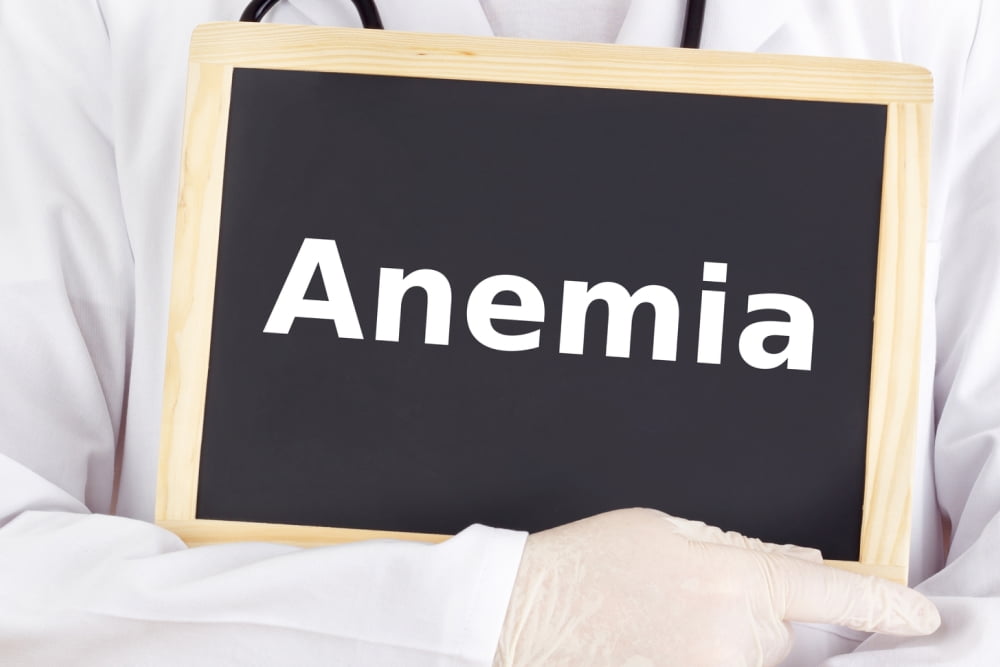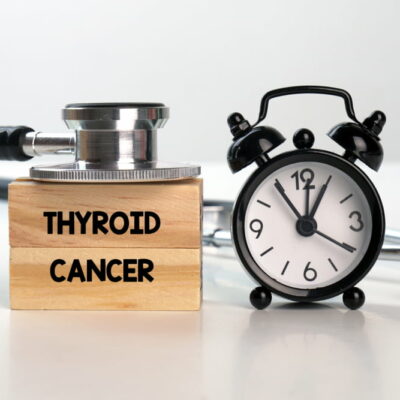
Top Causes and Risk Factors of Anemia
One can develop anemia when one lacks an adequate number of red blood cells (RBCs). RBCs are responsible for carrying oxygen throughout the body, which fuels the cells and provides energy. Consequently, an absence of RBCs leads to an energy deficit in the body. While some can have mild or short-term anemia, others last a lifetime. Hence, it is crucial to understand the causes of anemia and risk factors that aggravate one’s susceptibility to it.
Causes
Anemia occurs when the blood does not have adequate RBCs or hemoglobin. Broadly, it may happen because:
The body does not make substantial RBCs or hemoglobin.
The body attacks the RBCs and the hemoglobin present in them.
One undergoes excessive bleeding that leads to a loss of hemoglobin or RBCs faster than the body can replace them.
Typically, different anemia types have varying causes. These are as follows:
1. Iron-deficiency anemia
Low iron levels are the most prevalent reason for anemia. Usually, pregnant women may develop it if they do not take iron supplements. Further, excessive blood loss from menstrual bleeding and pain relievers like aspirin, cancer, or ulcers can also be responsible for it.
2. Vitamin-deficiency anemia
The body requires vitamin B-12 and folate to produce healthy RBCs. Not taking these nutrients in adequate quantities is a prominent cause of vitamin-deficient anemia. Further, in some people, the body fails to absorb B-12, which leads to vitamin deficiency or pernicious anemia.
3. Aplastic anemia
It is a life-threatening type of anemia. One can develop this rare anemia when the body fails to make new blood cells. Some prevalent causes include autoimmune diseases, infections, certain medicines, and coming in contact with toxic chemicals.
4. Anemia of inflammation
Diseases that result in ongoing inflammation can also prevent the body from making adequate RBCs. Some such diseases include rheumatoid arthritis, HIV/AIDS, cancer, Crohn’s disease, and kidney disease.
5. Sickle cell anemia
It is a serious, inherited hemolytic anemia type that triggers RBCs into an unusual crescent shape called a sickle. These irregular blood cells cease soon, resulting in an RBC shortage.
6. Hemolytic anemia
It is a group of anemias that occur when the RBC dies faster than the bone marrow’s ability to replace it.
7. Anemias associated with bone marrow disease
Diseases like myelofibrosis and leukemia can hamper the bone marrow’s ability to make blood. Such diseases can range from mild to life-threatening.
Risk factors
The main risk factors that aggravate one’s susceptibility to anemia include:
1. Frequent blood donation
While it is great to donate blood, doing it frequently in a short span can negatively hamper one’s health .
2. Age
Young and growing children need more iron for development. Hence, they must eat proper meals rich in iron. Getting lower doses of vitamins and iron aggravates the probability of anemia. Anemia is also prevalent in teenagers because they tend to have unregulated sleep patterns.
3. Menstruation
The susceptibility to anemia is higher in menstruating women, as menstruation causes the loss of RBCs.
4. Pregnancy
The body seeks an increased blood supply for the developing fetus, making pregnant women susceptible to anemia.
5. Malnourishment
Children who are not getting the required minerals and nutrients from their meals can also develop anemia.
6. Family history
Sometimes, one may be doing everything to receive proper nutrition, but if one has a family member with anemia, one’s risk of developing the condition is higher.


